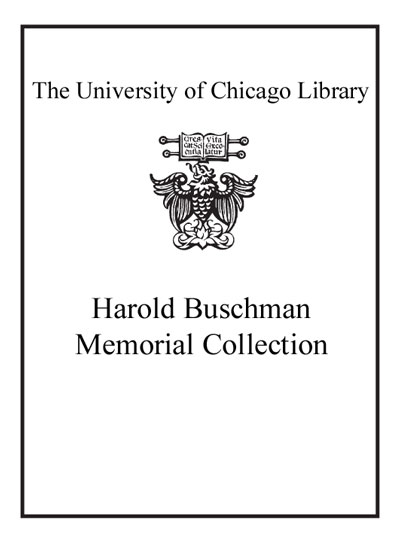Review by Choice Review
Arnold (rector, St. Stephen's Episcopal Church, Cohasett, Massachusetts) provides a clear and convincing demonstration of how the early reformers and their followers--along with Anabaptists, Quakers, and various Roman Catholics--claimed and reframed Mary Magdalene to fit personal and institutional visions. Early modern thinkers, recognizing Mary as first witness to and proclaimer of Jesus's resurrection and often conflating her with both Martha's silent and contemplative sister (Luke 10:38-42) and the (presumed) prostitute whom Jesus forgives (Luke 7:36-50), deployed Mary for teachings on gender and sexuality, sacramental theology and spiritual intimacy, public proclamation and private penance. For Luther, Mary exemplified justification by faith and the priesthood of all believers; for Calvin, Mary epitomized sin and vulgar, carnal desire. (The followers of Luther and Calvin modified both views.) Arnold appropriately highlights women's readings, the impact of competing orthodoxies, and the continuities with and changes from medieval Catholic treatments of Mary in Europe, England, Scotland, and Colonial North America. Nods to female patronage, portraiture, and poetry enhance the study. Replete with guiding questions and primary source citations, Arnold's discussions of Mary's heirs--including Teresa of Avila, Katharina Schütz Zell, Anne Askew, Maria Stewart, and Catharina Regina von Greiffenberg--make for fascinating reading. Summing Up: Highly recommended. Lower- and upper-division undergraduates; graduate students. --Amy-Jill Levine, Vanderbilt University
Copyright American Library Association, used with permission.
Review by Publisher's Weekly Review
Arnold, associate rector of Grace Episcopal Church in Medford, Mass., presents a detailed study of the various uses (and abuses) of Mary Magdalene during the Protestant Reformation. Arnold argues that, prior to the Lutheran Reformation, Mary Magdalene-whether as a single woman or as a composite figure encompassing at least three distinct female Biblical characters-was a well-known religious character, often drawn upon to tell stories about the early Church and debate a woman's role within it. After Luther, however, the Magdalene became a more contested figure, in Arnold's estimation, with divines such as John Calvin retelling her story to build misogyny into the foundation of Protestantism. Outside of Calvin, Arnold describes a wide range of early and late Reformation uses of the Magdalene, from the Catholic to the Quaker, and ably discusses the differences and similarities among them. The Magdalene was used to bolster arguments for women's silence in public, the need for them to teach, the irredeemable sinfulness of woman, and the universal grace of Christ's forgiveness of humans. Arnold's focus is on written productions-pamphlets, plays, poems, letters-although she does make brief mention of some of the more famous artworks involving the Magdalene. Scholars interested in the evolving character of the Biblical Mary will relish Arnold's lucid text. (Oct.) c Copyright PWxyz, LLC. All rights reserved.
(c) Copyright PWxyz, LLC. All rights reserved
Review by Choice Review
Review by Publisher's Weekly Review

